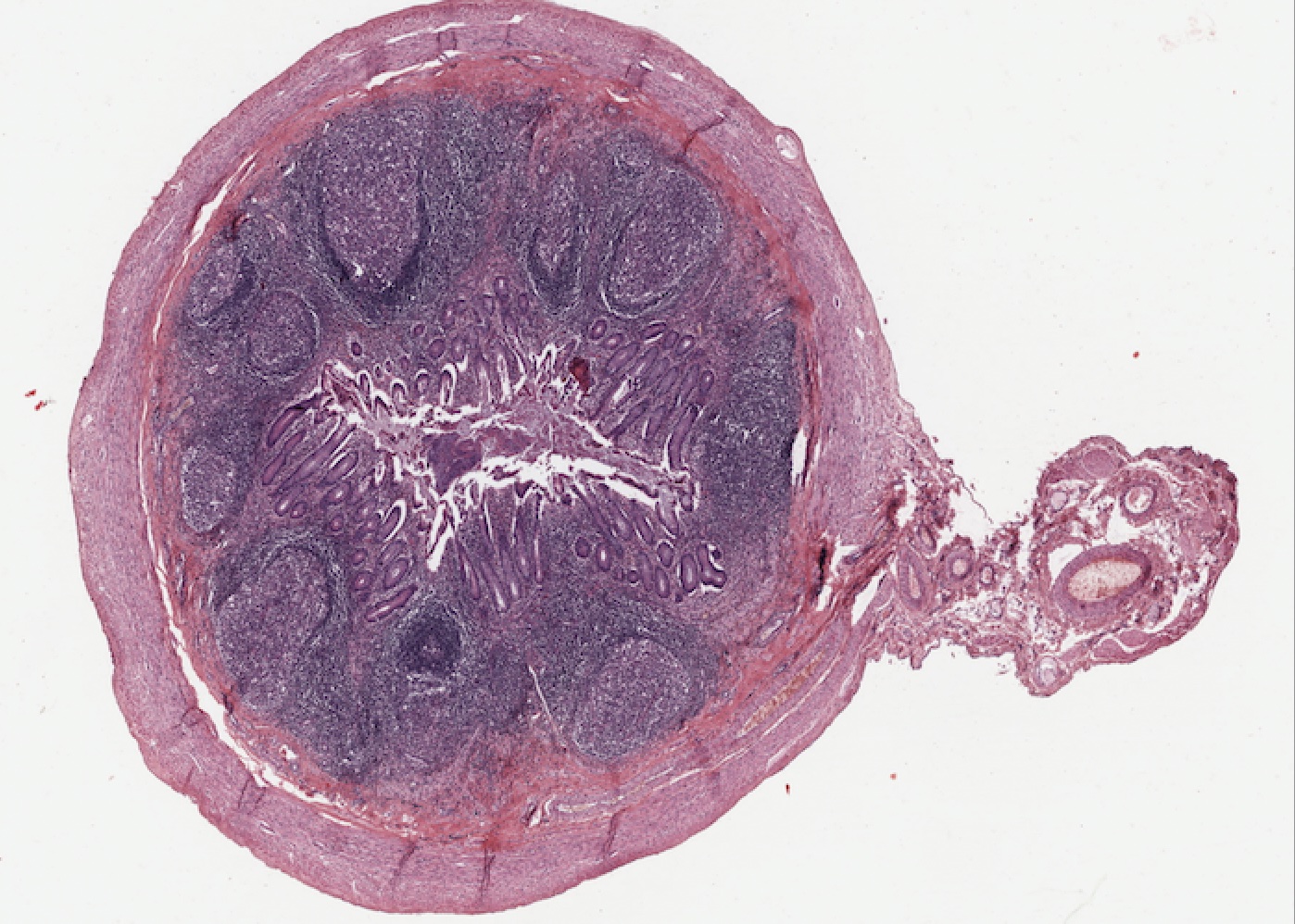Lymphatic organs and lymphatics tissues form the immune system which monitors the body surfaces and internal compartments and contain specific cells that will react against potential harmful substances that the body is constantly exposed to.
Learning outcomes
After studying this topic you should be able to answer these questions
- What is the function of the thymus?
- What are the functions of the epithelial reticular cells?
- Why are the supporting cells of the thymus called epithelial reticular cells?
- How does the cortex of the thymus differ histologically from the medulla?
- What is the significant difference between the thymus of a newborn, and an old person?
- What are the functions of lymphoid tissues?
- How do reticular cells differ from fibroblasts?
- How does the stroma of reticular tissue determine the composition of wandering cells in it?
- What processes occur in lymphatic nodules?
- In what way does a tonsil resemble the appendix?
- What are the main components of the GALT?
- How is lymph produced?
- How does the medulla differ from the cortex of a lymph node?
- What is the pathway of lymph through a lymph node?
- What is special about the paracortex of the lymph node?
- How do the functions of a lymph node resemble those of the spleen?
- How are the arteries, the capillaries and the veins of the spleen specialized?
- How do the sinuses of the lymph node differ from those of the spleen?
- What are the components of red pulp and white pulp?

